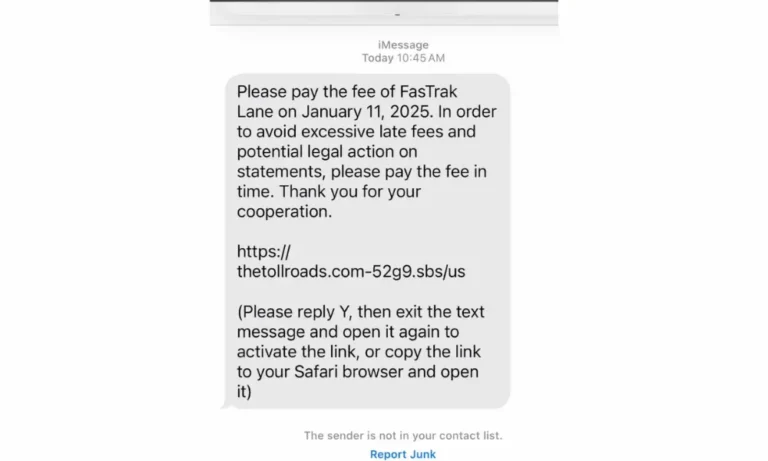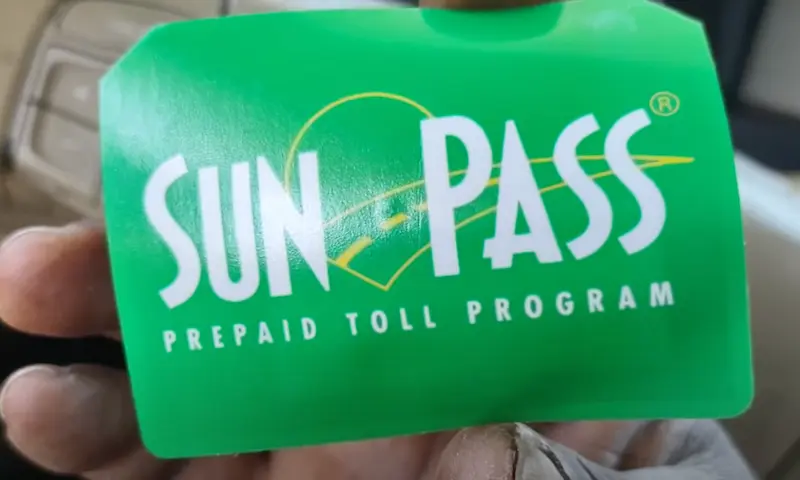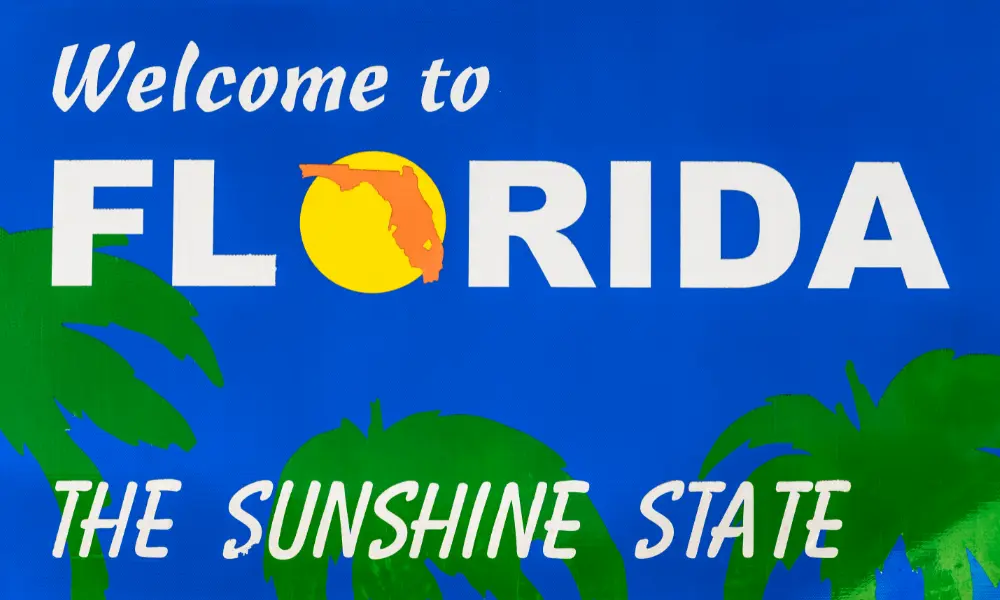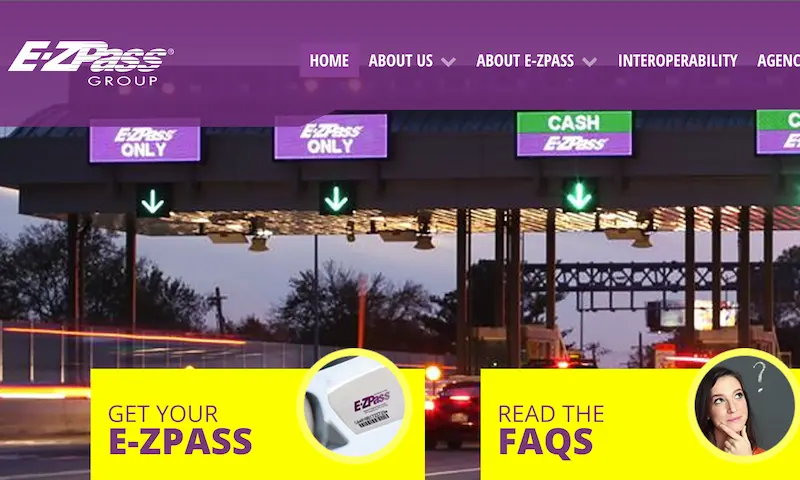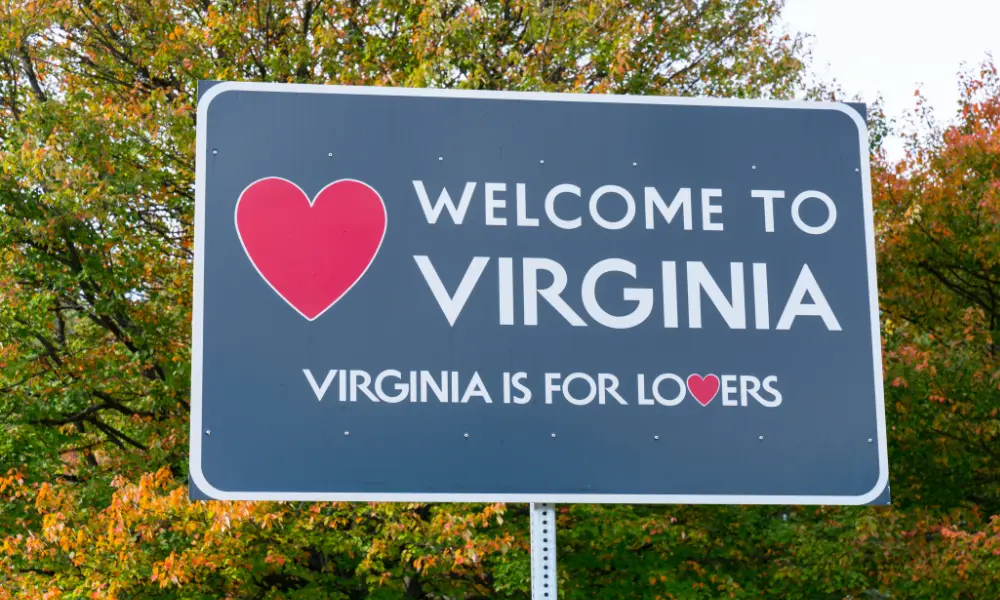Have you recently received a text message about unpaid FasTrak tolls? Before you click that link, you might want to read this. Thousands of drivers across the country are being targeted by a sophisticated scam that’s designed to steal your personal and financial information. Here’s what you need to know to protect yourself and your wallet.
What Is the FasTrak Lane Scam?
The FasTrak lane scam is a widespread phishing operation targeting drivers through unsolicited text messages. These messages claim you owe unpaid toll fees and must make immediate payment to avoid penalties like license suspension or legal action.
The scam is surprisingly effective because it casts a wide net. As one Reddit user explained, “They don’t [know who used tolls], it was just a good guess. It’s all about percentages – hit 100 phones, maybe 25% fall for the scam.” Some messages even coincidentally arrive just after someone has used a toll road, making them seem eerily accurate.
According to the Federal Trade Commission, these types of scams contributed significantly to the staggering $8.8 billion stolen from Americans in 2022 alone. And that’s just counting the reported cases.
How the Scam Works
The scam follows a predictable pattern:
- You receive an urgent text about unpaid tolls
- The message includes a payment deadline and threatening consequences
- A suspicious link directs you to a payment portal
- The fake website collects your personal and financial information
As John Goodwin, a FasTrak representative, explained, the text is “probably just a ruse to get your credit card information by crooks who want to make much larger purchases than a small toll bill.”
Warning Signs: How to Spot a Fake FasTrak Message
Knowing the red flags can save you from becoming the next victim. Here’s what to look for:
Suspicious Text Content
Pay attention to these common indicators of fraud:
- Misspellings of “FasTrak” (often written as “FastTrack,” “Fast,” or “Fas”)
- Messages from international phone numbers, especially those with +63 prefix (Philippines)
- Urgent language creating a false sense of emergency
- Generic greetings instead of your specific account details
- Demands for immediate payment “to avoid a fine and keep your license”
Unusual Instructions
Some scam messages include bizarre directions like: “Please reply Y, then exit the text message and open it again to activate the link, or copy the link into your Safari browser and open it.” These strange instructions should immediately raise suspicions.
Unrealistic Threats
Legitimate toll agencies have established processes for handling unpaid tolls that don’t include immediate license suspension or legal action from a single missed payment. When a text threatens extreme consequences for a small toll amount, it’s likely a scam.
The Nationwide Scope of the Scam
While FasTrak is California’s electronic toll collection system, this scam has spread far beyond state lines. Scammers have cleverly adapted their approach to match regional toll systems across the country.
Regional Adaptations
The scammers customize their messages based on location:
- California residents receive FasTrak-branded messages
- East Coast residents get E-ZPass themed scams
- Florida drivers see SunPass references
USA TODAY verified that nearly identical scam texts were received by their staff in Washington D.C., Miami, New York City, Indianapolis, and New Jersey within just a two-week period, demonstrating the scam’s broad reach.
Targeting Everyone—Even Non-Drivers
What’s particularly sneaky about this scam is that it targets everyone, regardless of whether they use toll roads or not. One Reddit user commented, “I have one, and it’s been five years since I lived in the Bay Area! Back when I was there, I never even had a fast track.” Another noted, “When I first saw it, I couldn’t stop laughing because I had never driven on a freeway before.”
This shotgun approach ensures that at least some recipients will have recently crossed toll bridges or used express lanes, making the scam seem more credible to those individuals.
Official Warnings and Responses
Government agencies and toll authorities have taken notice of this widespread scam and issued various warnings to protect the public.
Government Alerts
California Attorney General Rob Bonta issued a formal warning about the “surge in text-based toll scam activity,” specifically highlighting FasTrak-related phishing attempts. His office emphasized that “Scammers have become skilled at imitating legitimate companies, sometimes even linking to legitimate websites.”
Los Angeles County Supervisor Janice Hahn also released a public statement after receiving one of these fraudulent texts herself, urging residents to “not click on the link and to delete the message.”
The FBI has recognized this as a multi-state issue, encouraging victims to report incidents through their Internet Crime Complaint Center at ic3.gov.
What Toll Authorities Say
Official toll agencies have been clear in distancing themselves from these scam messages:
The Transportation Corridor Agencies (TCA) explicitly stated: “The Toll Roads and other California tolling agencies do not send text messages to non-accountholders.”
FasTrak spokesperson John Goodwin emphasized: “Here in the Bay Area, FasTrak will not ask for payment by text with a link to a website, period.”
This table summarizes how legitimate toll agencies communicate versus scammers:
| Communication Method | Legitimate Toll Agencies | Scammers |
|---|---|---|
| Initial Contact for Payment | Mail, official app notifications | Text messages with links |
| Payment Methods | Official website, phone system, mail | Links in text messages |
| Identification Information | Account number, license plate | Vague references to “your toll” |
| Time Frame | Reasonable payment windows | Urgent deadlines, immediate threats |
| Contact Information | Official phone numbers, websites | Random phone numbers, suspicious links |
How to Protect Yourself from the FasTrak Scam
Taking proactive steps can significantly reduce your risk of falling victim to these sophisticated scam operations.
Prevention Strategies
Follow these guidelines to stay safe:
- Remember that legitimate toll agencies like FasTrak do not initiate contact through text messages for payment collection, especially with non-account holders
- If you have a toll account, always verify communications by logging directly into your account through the official website or app
- Be especially cautious during holiday periods or major events, when scammers tend to increase their activity
- Discuss these scams with friends and family who may be more vulnerable to phishing attempts
- Keep your phone’s operating system and security features updated
What to Do If You Receive a Suspicious Text
If you get a text claiming to be from FasTrak or another toll agency:
- Don’t click on any links in the message
- Delete the message immediately
- Report the message as spam through your phone’s messaging app
- If you’re concerned about actual unpaid tolls, visit the official toll agency website by typing the URL directly into your browser
- Report the scam attempt to the FBI’s Internet Crime Complaint Center at www.ic3.gov
If You’ve Already Clicked a Link
If you’ve already interacted with a suspicious link:
- Disconnect your device from the internet immediately
- Run a security scan with reputable antivirus software
- Change passwords for any accounts you may have accessed on the device
- Monitor your financial accounts for unauthorized activity
- Consider placing a fraud alert on your credit reports
- Report the incident to your local police department and the FBI’s IC3
Real Impact: How the Scam Affects Victims
The consequences of falling for the FasTrak scam can extend far beyond a simple unauthorized charge. Victims often experience:
Financial Losses
Once scammers have your payment information, they rarely stop at small charges. Many victims report discovering multiple unauthorized transactions ranging from small “test” amounts to significant purchases. Some scammers sell the stolen information to other criminals, resulting in ongoing fraud attempts.
Identity Theft Risks
The information collected through these scams often includes everything needed for identity theft:
- Full name
- Address
- Phone number
- Credit card details
- In some cases, Social Security numbers
This data can be used to open new accounts, file fraudulent tax returns, or even commit crimes in your name.
Time and Stress Costs
Resolving the aftermath of identity theft or financial fraud can take months of effort:
- Filing police reports
- Disputing fraudulent charges
- Freezing and unfreezing credit
- Monitoring accounts for suspicious activity
- Replacing compromised cards and accounts
How the Scammers Stay One Step Ahead
The FasTrak scam continues to evolve, with criminals adapting their techniques to bypass detection and improve success rates.
Evolving Tactics
Scammers have shown remarkable adaptability:
- Using URL shorteners to disguise malicious links
- Creating increasingly convincing fake websites that closely mimic official toll sites
- Timing campaigns to coincide with major traffic events or holiday travel periods
- Switching between different toll systems depending on geographic targeting
- Using disposable phone numbers that change frequently
Psychological Manipulation
These scams employ sophisticated psychological tactics:
- Creating a false sense of urgency with impending deadlines
- Leveraging authority by impersonating official government agencies
- Exploiting fear of consequences like license suspension or legal action
- Targeting during stressful times when people may be more distracted (like during the wildfire season in California)
The Technology Behind the Scam
Understanding how scammers operate can help you recognize and avoid their traps.
Mass Messaging Systems
Scammers use automated systems to send thousands of messages simultaneously, often utilizing:
- VoIP services that allow bulk messaging
- Spoofing technology to disguise the origin of messages
- International phone numbers to avoid domestic regulations
Fake Website Construction
The fraudulent websites employ several deceptive techniques:
- Copying visual elements from legitimate sites
- Using domain names that look similar to official ones
- Implementing secure-looking features like fake encryption symbols
- Creating mobile-optimized interfaces for victims clicking from phones
What to Do If You’ve Been Scammed
If you’ve fallen victim to the FasTrak lane scam, take these steps immediately:
Immediate Action Steps
- Contact your financial institutions to freeze accounts or cards
- Document everything about the scam (screenshots, texts, transaction records)
- File a report with local police
- Submit a complaint to the FBI’s Internet Crime Complaint Center
- Place a fraud alert on your credit reports with all three major bureaus
Long-Term Protection
After addressing the immediate concerns:
- Consider subscribing to a credit monitoring service
- Regularly check your credit reports for suspicious activity
- Be extra vigilant about future scam attempts, as victims are often targeted repeatedly
- Consider using a separate credit card with a low limit for online transactions

